Nitinol
Nitinol metal alloy is one of the most useful alloys used for various purposes. It has numerous important medical applications.
What is Nitinol?
It is a nickel- titanium metal alloy with some unique properties. It is also known as Nickel titanium. This alloy exhibits the superelasticity or pseudoelasticity and the shape memory properties. It means this unique metal can remember its original shape and shows great elasticity under stress.
Nitinol Composition
This metal alloy is composed of nickel and titanium. It contains these two elements at approximately equal atomic percentages. Nickel is a known allergen and it might also have carcinogen properties. Due to this reason the nickel content of this alloy has raised great concerns about its usefulness in the medical industry.
Nitinol Production
Extremely tight compositional control is required for making this alloy. Due to this reason it is very difficult to prepare this alloy. The extraordinary reactivity of titanium is another obstacle in its preparation. Two primary melting methods are presently used for this purpose:
- Vacuum Arc Remelting: In this method, an electrical arc is struck between a water cooled copper strike-plate and the raw materials. Water cooled copper mold is used for melting the constituents in high vacuum to prevent carbon introduction.
- Vacuum Induction Melting: The raw materials are heated in a carbon crucible using alternating magnetic fields. This is also accomplished in high vacuum; however, carbon is introduced in this process.
There are no considerable amounts of data showing the product of one method to be better than the other. Both these methods have different advantages to offer. Other methods like induction skull melting, plasma arc melting, and e-beam melting are also used for this purpose on a boutique scale. Physical vapor deposition process is also used in laboratories.
Nitinol Symbol
This metal alloy is denoted by the symbols of its constituent metals. The formula for this alloy is NiTi.
Nitinol History
This material derived its name from its constituents and its place of discovery. In 1962, William J. Buehler and Frederick Wang first discovered the unique properties of this metal at the Naval Ordnance Laboratory.
Commercialization of this alloy was not possible until a decade later. This delay was mainly caused by the difficulty of melting, machining and processing the material.
Nitinol Properties
The shape memory and superelasticity properties are the most unique properties of this alloy. The shape memory property allows this metal to “remember” its original shape and retain it when heated above its transformation-temperature. It happens due to the different crystal structures of nickel and titanium. This pseudo-elastic metal also shows incredible elasticity which is approximately 10 to 30 times more than that of any ordinary metal.
Here are some basic physical and mechanical properties of this alloy:
Physical Properties
Appearance: this is a bright silvery metal.
Density: The density of this alloy is 6.45 gm/ cm3
Melting Point: Its melting point is around 1310 °C.
Resistivity: It has a resistivity of 82 ohm-cm in higher temperatures and 76 ohm-cm in lower temperatures.
Thermal Conductivity: The thermal conductivity of this metal is 0.1 W/ cm-°C.
Heat Capacity: Its heat capacity is 0.077 cal/ gm-°C.
Latent Heat: this material has a latent heat of 5.78 cal/ gm.
Magnetic Susceptibility: Its magnetic susceptibility is 3.8 emu- gm in high temperatures and 2.5 in low temperatures.
Mechanical Properties
Ultimate Tensile Strength: The ultimate tensile strength of this material ranges between 754 and 960 MPa.
Typical Elongation to Fracture: 15.5 percent
Typical Yield Strength: 560 MPa in high temperature; 100 MPa in low temperature
Approximate Elastic Modulus: 75 GPa in high temperature; 28 GPa in low temperature
Approximate Poisson’s Ratio: 0.3
Making Nitinol Devices
Hot working of this material is relatively easy than cold working. The enormous elasticity of this material makes cold working difficult by increasing roll contact. This results in extreme tool wear and frictional resistance. These reasons also make machining of this alloy extremely difficult. The fact that this material has poor thermal conductivity does not help in this purpose. It is relatively easy to perform Grinding, laser cutting and Electrical Discharge Machining (EDM) on this metal.
Heat treatment of this material is very critical and delicate. The heat treatment-cold working combination is important for controlling the useful properties of this metal.
Nitinol Wires
Nitinol is used for making shape-memory actuator wire used for numerous industrial purposes. This wire is used for guidewires, stylets and orthodontic files. This wire is ideal for applications requiring high loading and unloading plateau-stresses as well as for eyeglass frames and cell phone antennas. However, the main uses of this wire are in stents and stone retrieval baskets.
Nitinol Stent
This alloy is used for manufacturing endovascular stents which are highly useful in treating various heart diseases. It is used to improve blood flow by inserting a collapsed Nickel titanium stent into a vein and heating it. These stents are also used as a substitute for sutures.
Nitinol Basket
Nickel titanium wire baskets are well-suited for many medical applications as it is springier and less collapsible than many other metals. This basket instrument is highly useful for the gallbladder.
Nitinol Uses
Here are some of the main applications of Nitinol metal alloy:
Medical Applications
- This alloy is very useful in dentistry, especially in orthodontics for wires and brackets that connect the teeth. Sure Smile (a type of braces) is an example of its orthodontic application.
- It is also used in endodontic mainly during root canals for cleaning and shaping the root canals.
- In colorectal surgery, it is used in various devices for the purpose of reconnecting the intestine after the pathology is removed.
- Nitinol stents are another significant application of this metal in medicines.
- Its biocompatible properties make useful in orthopedic implants.
- Nitinol wires can be used for marking and locating breast tumors.
- The use of Nitinol tubing for various medical purposes is increasing in popularity.
Industrial Uses
- Nitinol wires are used in model heat engines made for demonstration purposes.
- This material is used in temperature controls. Its shape changing properties can be used for activating a variable resistor or a switch for controlling the temperature.
- This metal is often used in mechanical watch springs.
- It is used as microphone boom or a retractable antenna in cell phone technology for its mechanical and flexible memory nature.
- Nitinol spring is used in various industries for the purpose of utilizing the superelastic properties of this metal.
- Nitinol sheets are used for punching, stamping and deep drawing.
Other Uses
- It is also used as an insert for golf clubs for its shape changing abilities.
- It is a popular choice for making extremely resilient glass-frames.
- Nitinol is used for making self-bending spoons used in magic shows.
Nitinol Availability
Nickel titanium is available in various forms including wires, tubes, sheets and springs. NDC is one of the leading manufacturer and supplier of this metal alloy. However, there are many other suppliers of Nitinol wires, tubes, springs etc. Different forms of this metal are also available online at reasonable prices.
Nitinol is counted among the most useful metal alloys with numerous industrial and medical applications. It is often the best choice for many applications that require enormous motion and flexibility. However, this material has shown fatigue failure in many demanding applications. Experts are working hard for the purpose of defining the durability limits of this metal alloy.
- References
- Confluentmedical.com
- Medicaldesignandoutsourcing.com
- https://matthey.com/en/products-and-services/medical-components/resource-library/nitinol-technical-properties
- https://www.dynalloy.com/nitinol.php
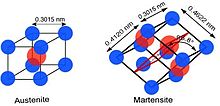
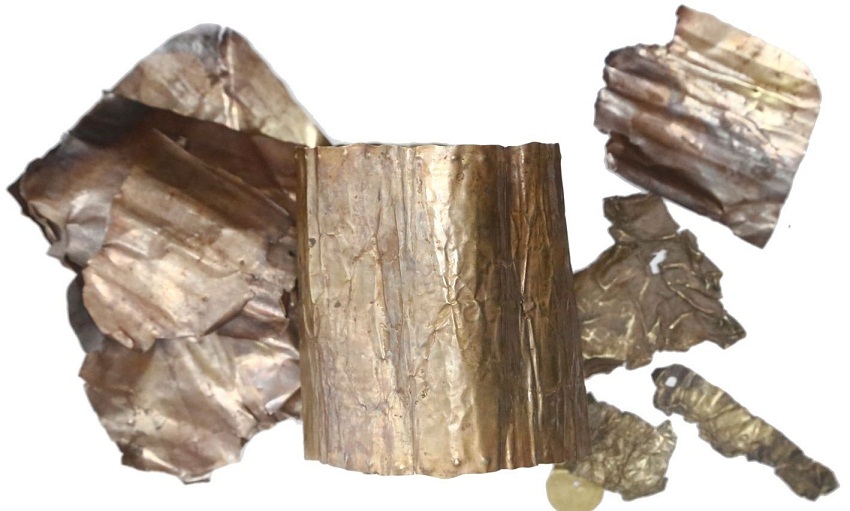
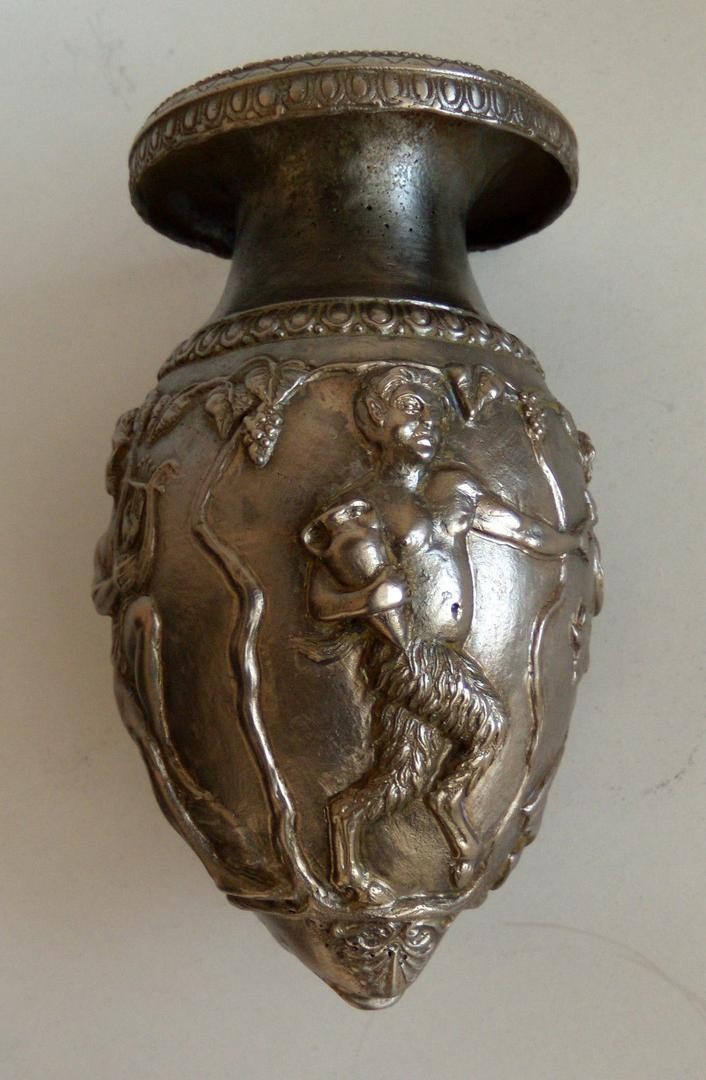
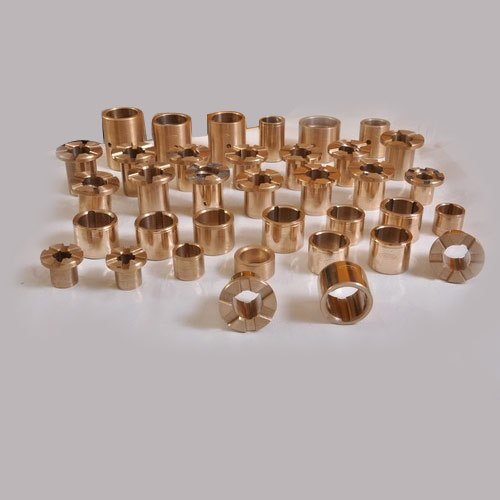
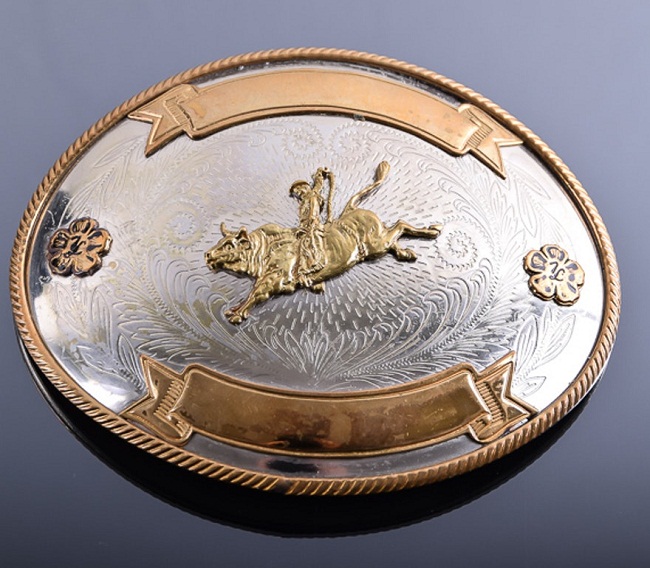
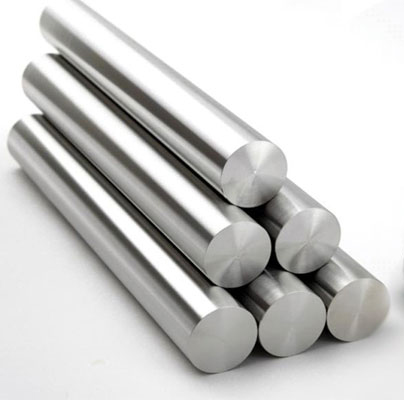
🙂
This information is very useful. Hope this will help me in cracking exams????????☺️